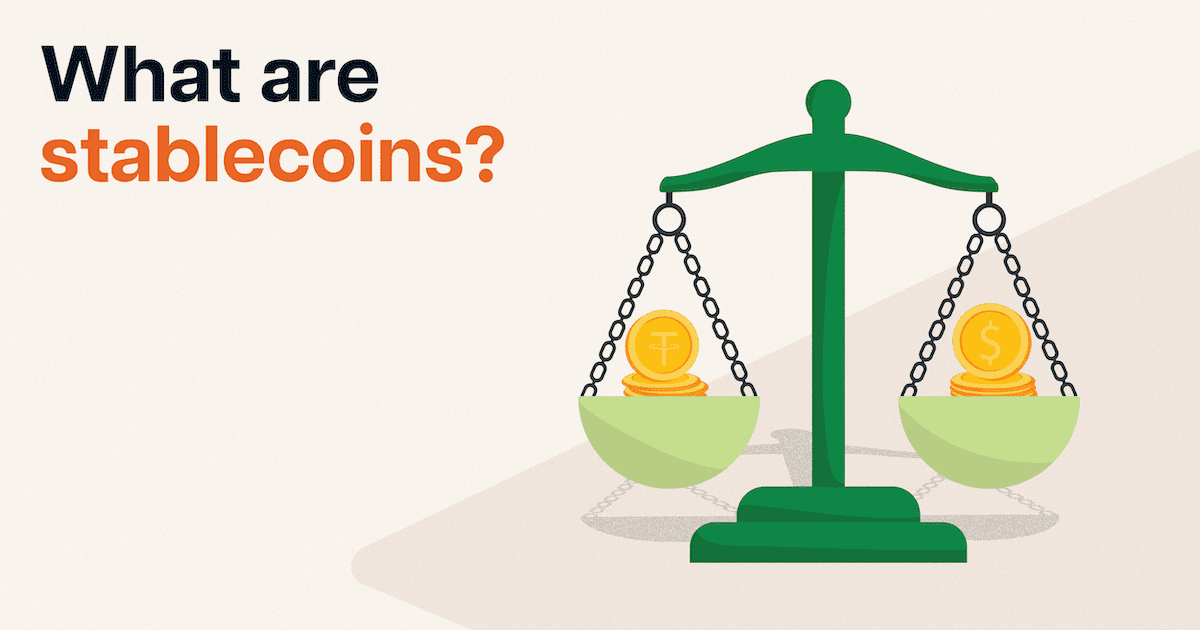Another bull market is here, which means that fresh funds are once again entering the cryptocurrency system. However, what makes this bull run different from previous ones is the arrival of mainstream and large institutional players. From hedge funds to central banks, it seems as though everyone wants a slice of the crypto pie. However, this spotlight also brings with it increased scrutiny by governments everywhere, as they consider how to deal with this relatively new asset class.
While regulations may sound boring, it is still important to take note of how regulations can affect these assets. This is especially if you’re an investor in the space or even just the average Joe who happens to hold some Etheruem or Bitcoin. So read on to find out more about the future of crypto assets.
What are crypto assets?
The term ‘crypto assets’ is broadly used to refer to all types of assets stored on a digital ledger. Common examples of such assets include coins, stablecoins, security tokens, utility tokens, and non-fungible tokens, amongst plenty of others. While some of these assets are used as alternative stores of value to state-backed fiat currencies (i.e., USD, EUR, GBP, etc.), others are used to gain access to certain products and services (utility tokens) and even to determine the direction in which a particular project might be going in (governance tokens). These assets can be even be used as collateral for loans on platforms like Nebeus or even as a means of transaction.
Whatever type of crypto asset you hold, the common thread that binds everything together is that most people acquire these assets as a form of investment. Most individuals obtain them in the hopes that their value will rise over time.
What makes crypto-assets different?
Two noteworthy features of crypto-assets differentiate them from your run-of-the-mill investment.
Firstly, the decentralized operation of these assets truly makes them different from fiat currencies and even e-money. Through a combination of cryptography and peer-to-peer network systems, crypto-assets operate in an automated system without the supervision of one central authority. While most projects and the creation of assets start on in a slightly centralized manner, their supply and uses are unalterably coded into their very DNA from the moment they are created. This makes it different from state-backed fiat currencies, for instance, whose value might fluctuate as a result of an increase in supply simply because of a government’s decision to implement such a policy.
Secondly, the transparency of the transactions powered by these assets also sets them apart. Crypto assets live on the blockchain, where every transaction is noted on a public and immutable ledger. In other words, there is always a transparent record of what is going on in the space. This makes it easier for individuals to manage and make decisions about their own holdings, as opposed to the traditional finance system, where much of the activity is opaque.
A look at the regulation of crypto assets in the UK and EU
Crypto assets regulation tends to be a thorny topic. Because developments are happening so rapidly in the crypto space, governments in the EU and UK have considered ways to regulate these assets. Their concerns are understandable – as revolutionary as crypto assets are, they also pave the way for opportunistic and malicious actors to launder money and engage in large-scale scams.
There is currently no blanket ban on crypto-assets in the UK, nor have any specific regulations been created to deal with the space yet. For now, most of the regulations relate to activities in the financial sector. Legislation like the Financial Services and Markets Act and Anti-Money Laundering and KYC regulations have primarily been used to combat errant actors. Crypto assets are also currently regulated under the Electronic Money Regulations.
As for the EU, a significant milestone looms on the horizon. While it has yet to be formally implemented, discussions and consultations have been ongoing since 2020 for a proposed regulation known as the Markets in Crypto-assets (MiCA) Bill. Generally, the MiCA aims to lay down some guiding principles for crypto assets. It also provides a formal classification of the various crypto assets to help consolidate the different taxonomies used across the various EU jurisdictions. In line with this, different licensing and operational requirements will be created for organizations that issue assets, from project companies to exchanges.
The ultimate aim of these crypto asset regulations seems to be to keep consumers and owners in the space safe rather than to shut them out entirely, as some countries have done. The future of crypto assets, thankfully, looks reasonably good.
Conclusion
While many have decried the prospect of regulation, here’s some food for thought – at the end of the day, some degree of regulation is needed to help the mass adoption of crypto assets and push their growth. Dealing with these assets is undeniably risky at times, and such regulations are needed to help convince the rest of the world that these dangers will be managed. That way, the process of bridging the divide between the traditional and new financial order becomes a lot smoother and will ultimately help everyone thrive in the long run.
If you want more control over your investments get a Zero Risk loan with Nebeus.










